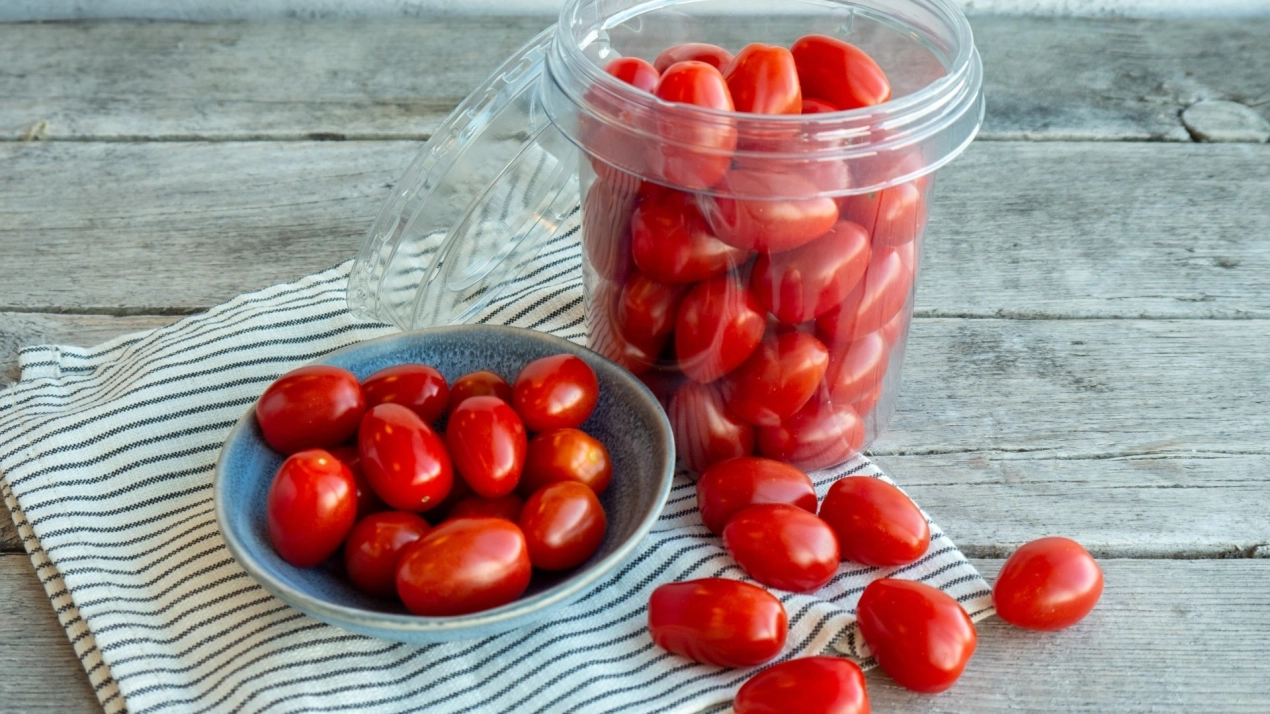We are innovative
We are always working on innovations
We like to say that we are at the forefront of innovations. This is quite a considerable claim, we know. However, we do an incredible amount of work in this area. We use innovative and sustainable methods to grow high-quality salads. And we tap into trends and market insights to get our products on consumers’ plates in the most suitable manner.
We are growing
Together with our growers. Not only in terms of the number of kilograms that we grow, but also in terms of land area. Both in the Netherlands and beyond. With our high-tech cultivation sites abroad, we are literally taking our expertise and experience from the Netherlands across borders.
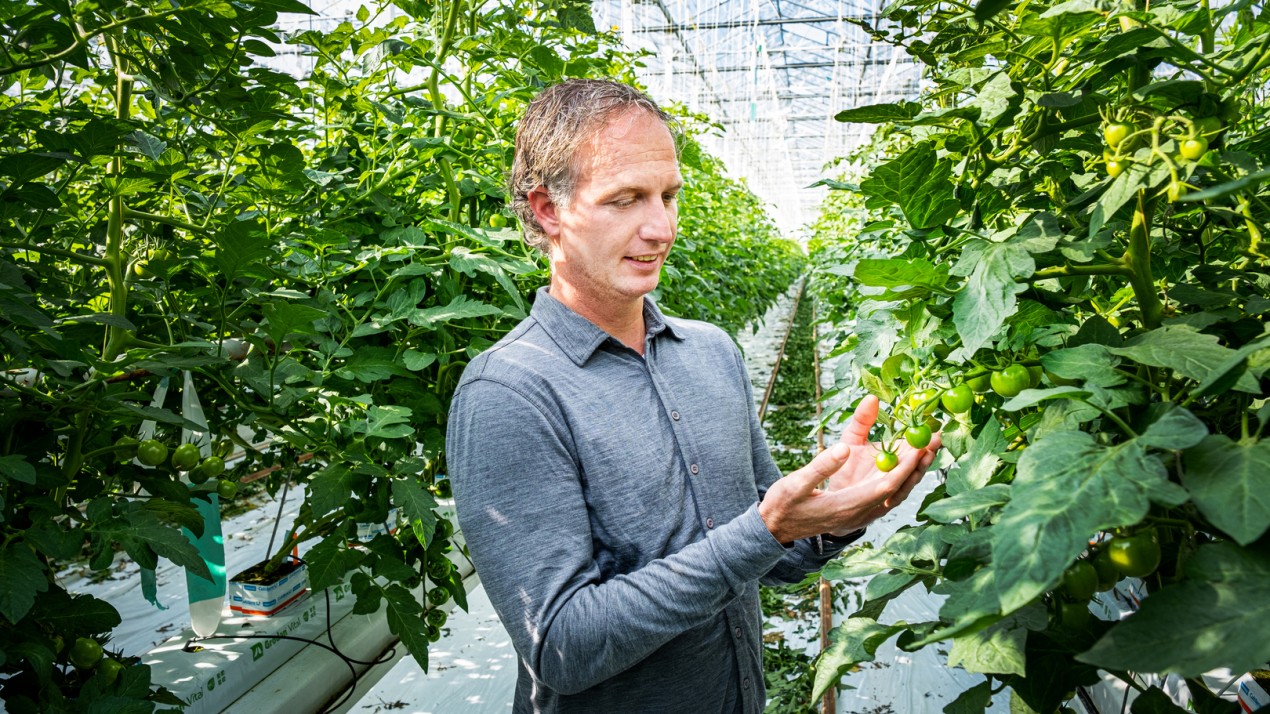
INNOVATIVE CULTIVATION
In a sustainable manner
We make increasing use of sustainable heating solutions, such as geothermal energy, residual heat, biomass, and solar energy. We also make use of combined heat and power units (CHPs). These are used to supply heat, power, and CO2 to almost all of our acreage. The CO2 that is released in the CHP is put to use for our crops again.
We use LED lighting instead of traditional lighting, which not only saves power, but ensures that the lamps also become less hot. In addition, LED lighting makes it possible to use lights with different colours. This allows for precision control of fruit and plant growth.
Want to know more about our sustainable innovations in cultivation? Read more on our sustainability page.
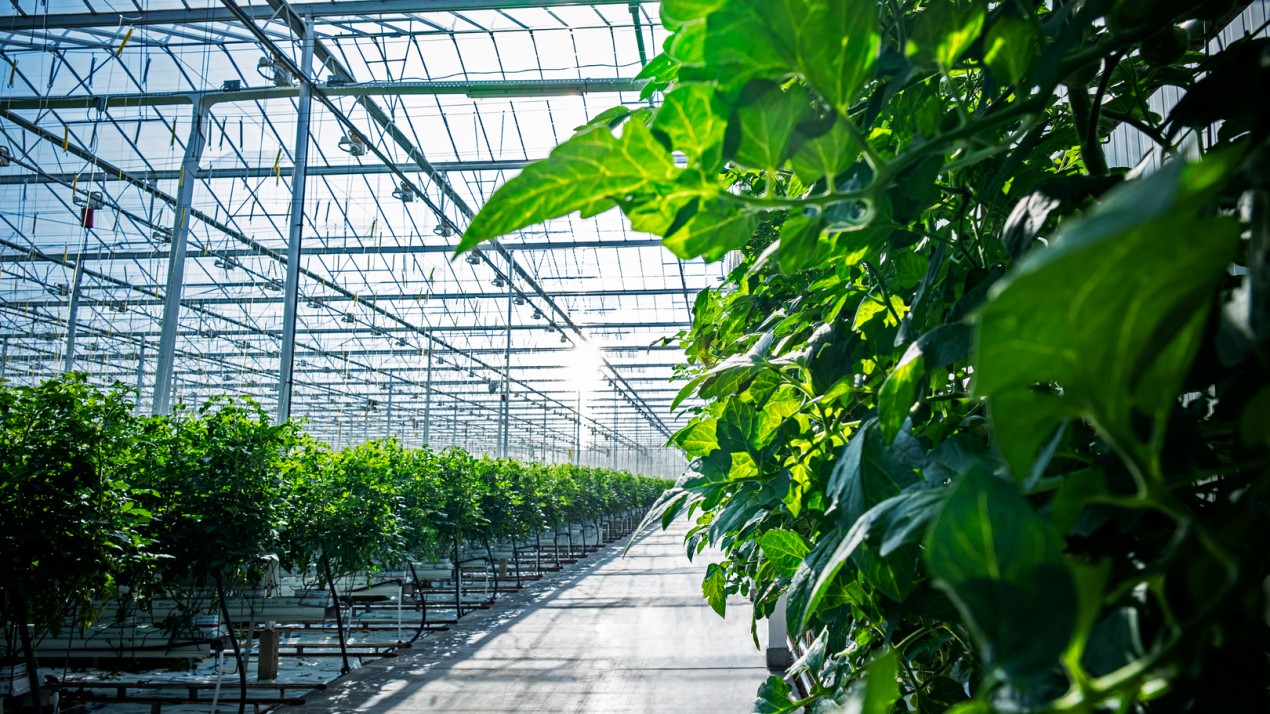
FreshProducePEFCR
How sustainable are our projects really?
This is something we are investigating with the FreshProducePEFCR.
We use the FreshProducePEFCR (also known as Horti Footprint) to measure where we stand and what the environmental impact of our product is. It is a European objective and unambiguous calculation method for fresh fruit and vegetables. In doing so, we are setting a clear and objective standard for ourselves, as well as for the horticulture sector in the Netherlands and abroad. When everyone calculates the environmental impact in the same way, we can make fair comparisons. This way, we create a level playing field and sustainable labels get a fair foundation.
We have clear insight into the FreshProducePEFCR for 16 different categories. This gives us insight into the environmental impact of our product for our entire supply chain from cultivation to buyer. We can see the scores for cultivation, packaging, packing stations, and transport. And we can see where we can improve. Together with our growers, we have formulated reduction plans to reduce that impact.
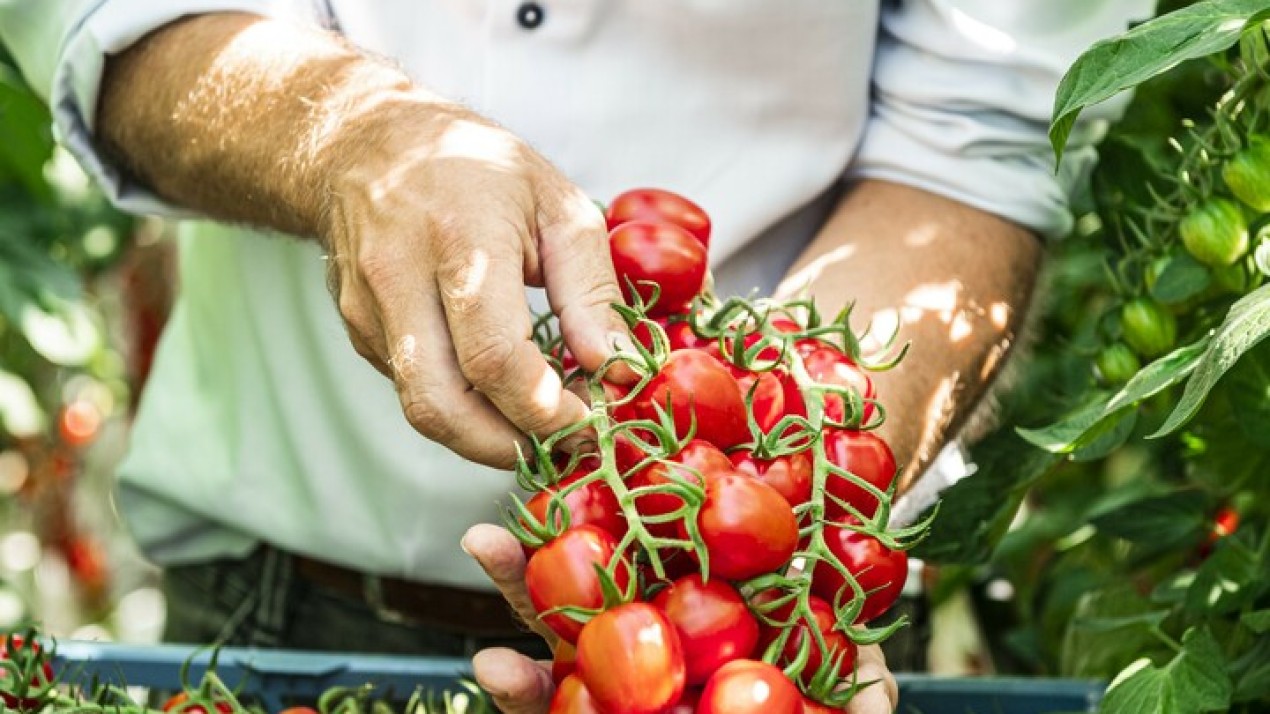
New varieties
Choice of variety makes the difference
We are constantly developing new varieties, and cooperate closely with seed breeders to do so. Together, we aim to develop the tastiest and most robust varieties. Improving flavour is an important starting point, as is quality and shelf life. We perform intensive testing of various aspects of each variety, such as flavour, cultivation, and shelf life. We carefully evaluate and optimise these aspects before proceeding to grow the variety on a large scale. Our aim is to grow the tastiest tomatoes, sweet peppers, and cucumbers.
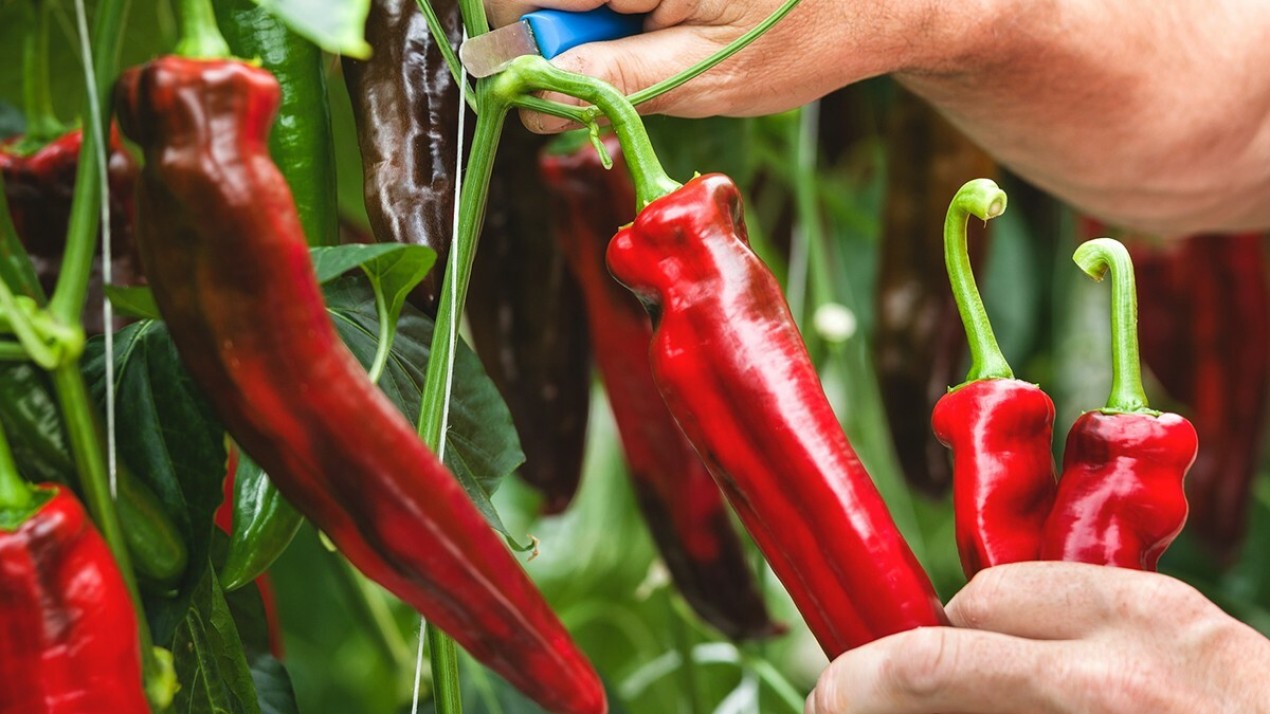
AI & smart technology
AI, smart technology and robots in our greenhouses
You will notice more and more AI, smart technology and robots in our greenhouses. This is the future! Our greenhouses are full of smart sensors, for example, that give growers useful information on the heat and humidity in the greenhouse. We use artificial intelligence to adjust the cultivation as efficiently as possible. This makes cultivation ever smarter and makes it possible for us to closely coordinate supply and demand.
In addition, we use automation to reduce the amount of strenuous work required. For example, the trolleys with harvested products travel automatically to the sorting hall where sorting into containers is often another automatic process.
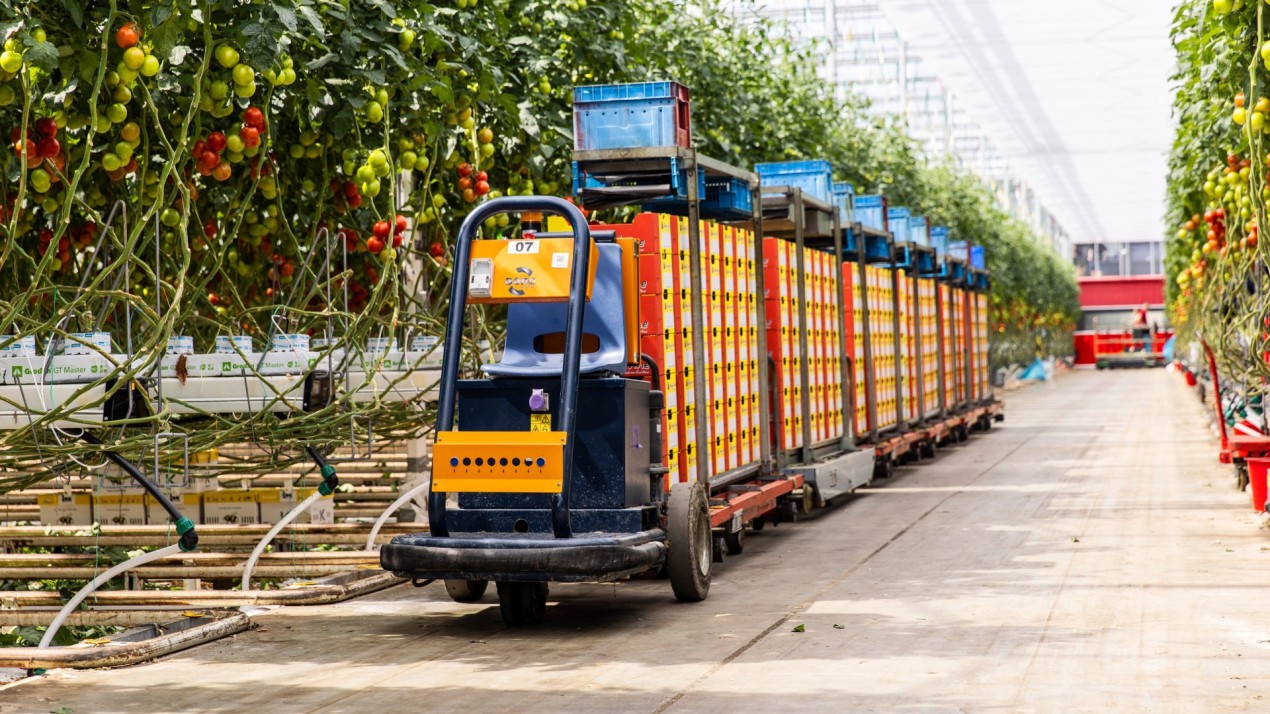
Packaging
Searching for better and sustainable solutions
Our products often need packaging: it protects them from knocks and other external influences so that they have a longer shelf life. Did you know that a cucumber wrapped in plastic film can be kept for 10 to 14 days longer than a cucumber that is not wrapped?
We always want to make improvements to our packaging and are examining ways to make it more sustainable. We are making our plastic packaging thinner and lighter, so that we can reduce the amount of plastic needed. And we opt for mono-material so that the packaging is easy to recycle. Our aim is to avoid using virgin plastic unnecessarily. In addition, we examine new sustainable options, such as edible protective layers and the use of cellulose.
